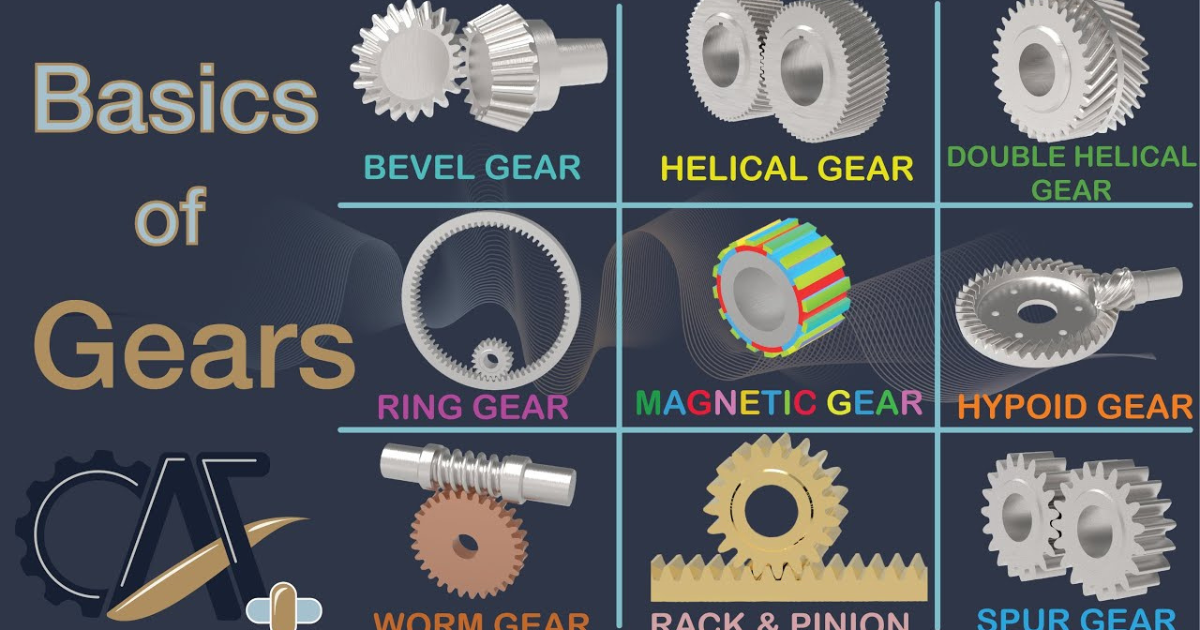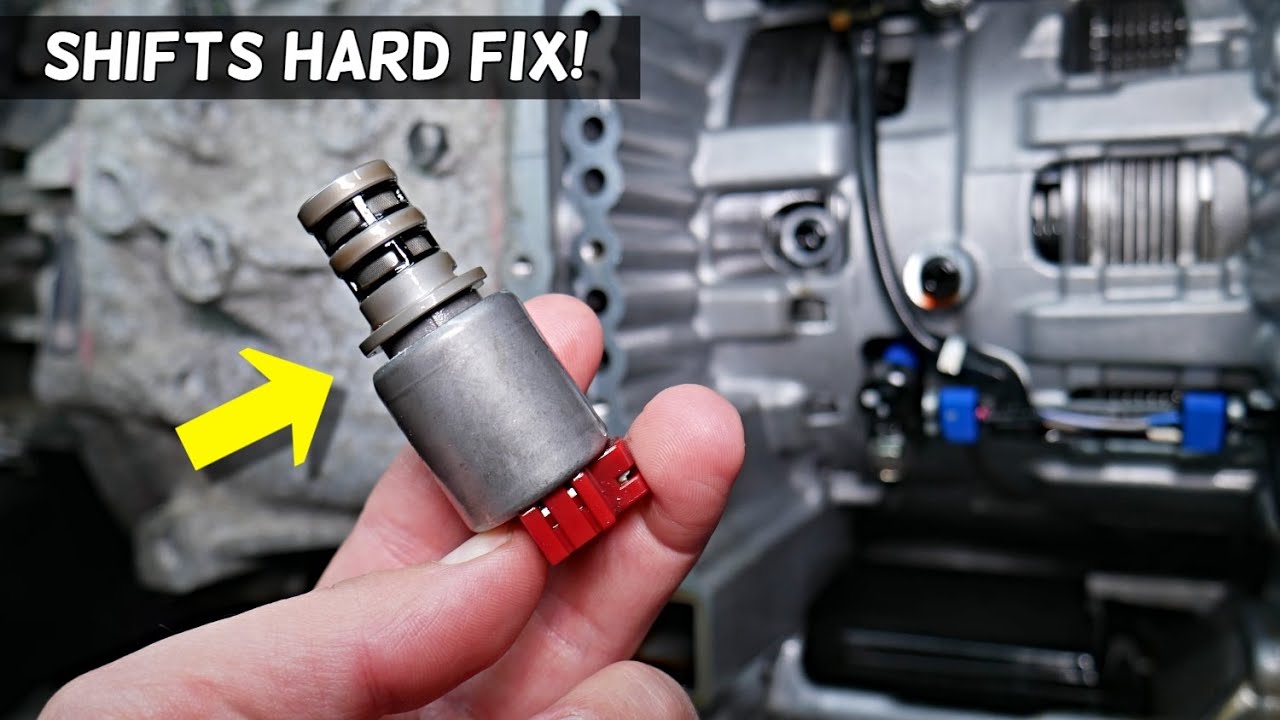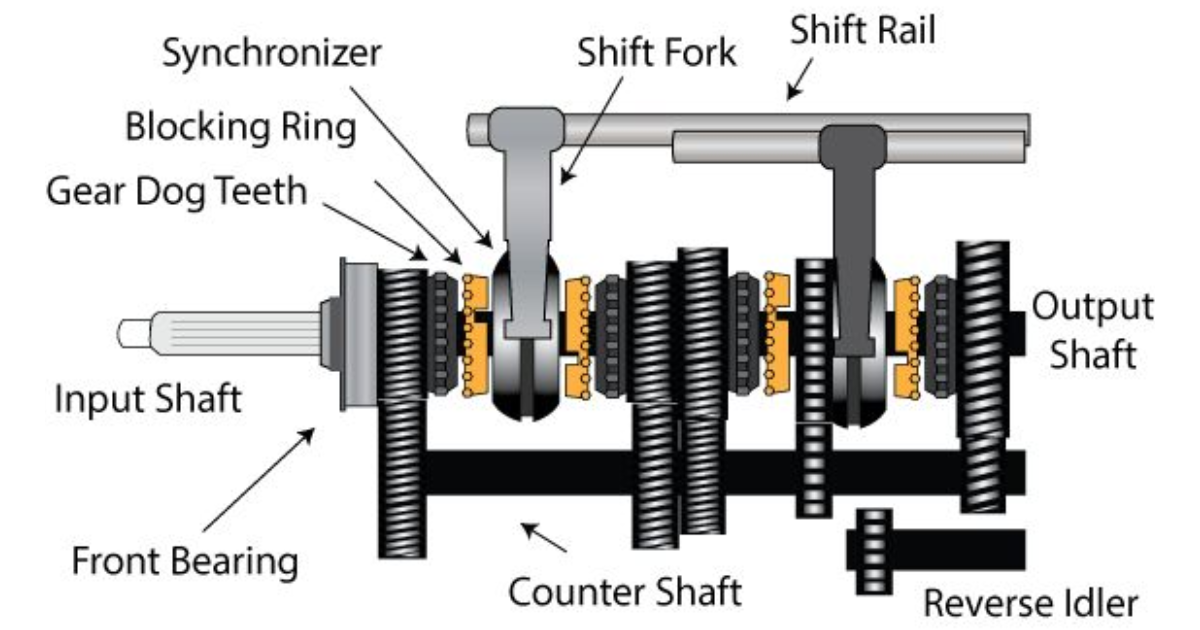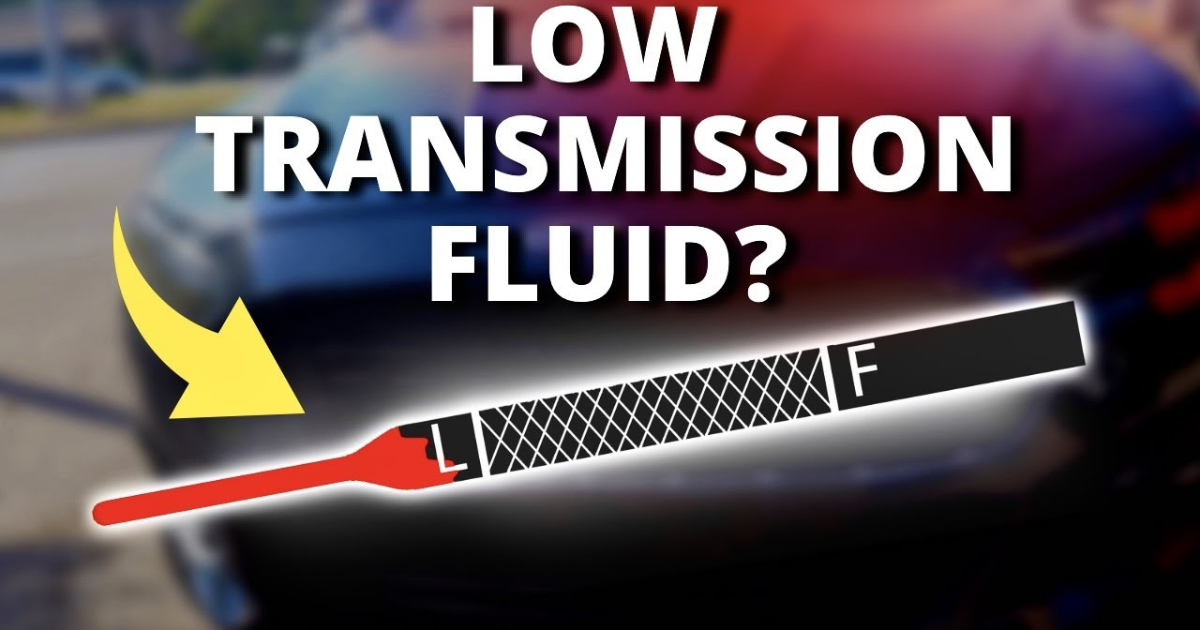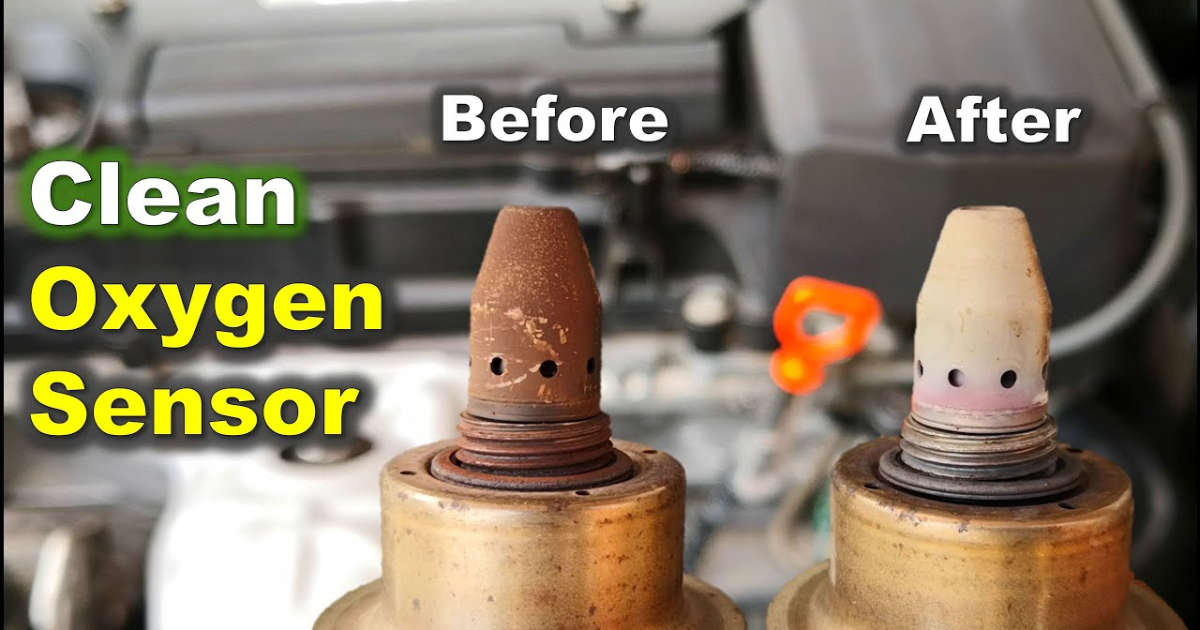Gears are wheels that can transmit mechanical energy by a meshing action between two gears. In a lot of motorized machinery, they provide a gear reduction. For the efficient and smooth transfer of motion, torque, force, and power between shafts, they are indispensable.

What are the different types of Gears?
Various varieties of gears exist, each with its own unique set of design principles and traits. Most gears fall into one of the following categories: spur, worm drive, bevel, rack and pinion, spiral bevel, helical, screw, miter, hypoid, or herringbone.
Spur gears
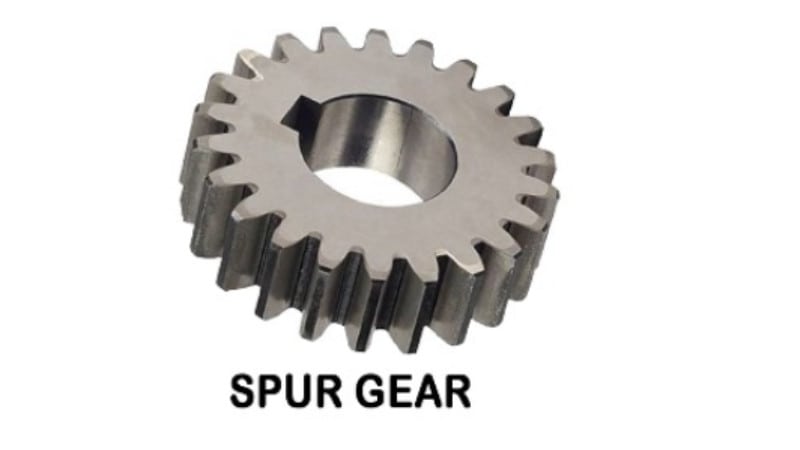
The spur gear is a type of gear with teeth that run in a straight line and are part of the group of gears with parallel shafts. Because of their widespread use, ease of production, and potential for great efficiency, they rank among the most popular gears.
Because they only employ one line of teeth to transfer power to the axle, these gears make more noise than helical gears. An unbalanced and noisy operation results from a single mesh tooth rolling off contact and accelerating to contact with the next tooth.
Helical gears
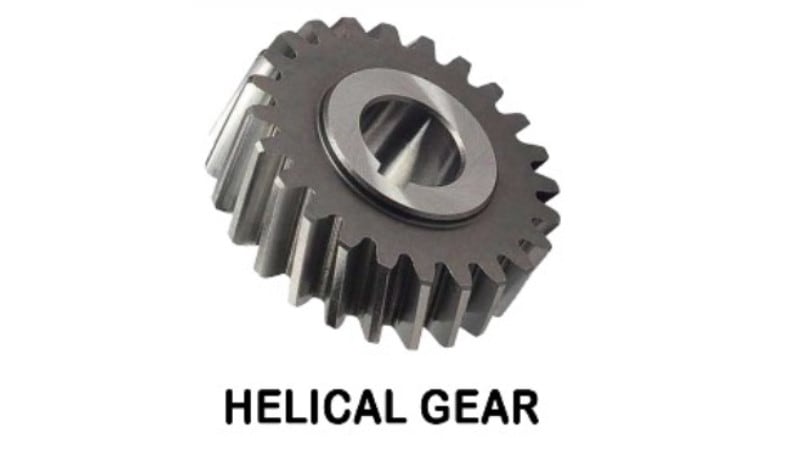
Similar to spur gears, this cone-shaped gear features looping teeth lines and is utilized with parallel shafts. They are ideal for use at high speeds since they have superior mating gears compared to spur gears and don’t produce any vibration or noise when operating.
Helical double gears
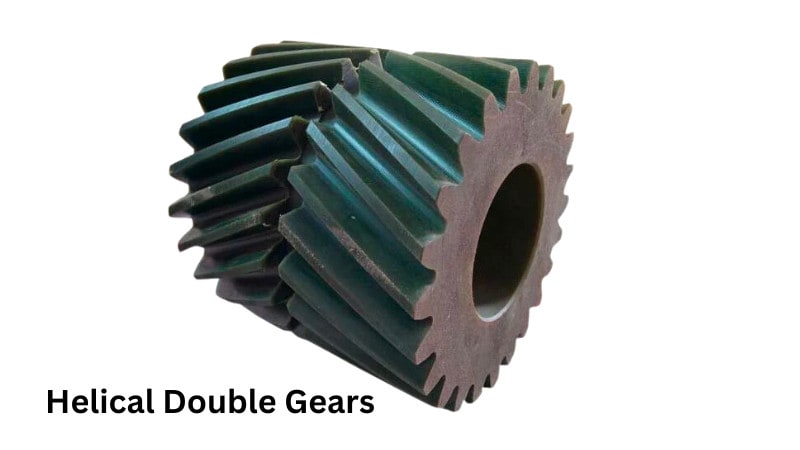
A double helical gear consists of two helical gears with a space between them and two surfaces that face each other. They have a same design element—a single helical gear—but run in the opposite directions. Compared to a single helical gear, their twin gears allow them to carry a greater thrust load and operate more smoothly. A gear drive that is enclosed makes use of both single and double helical gears.
Bevel gears
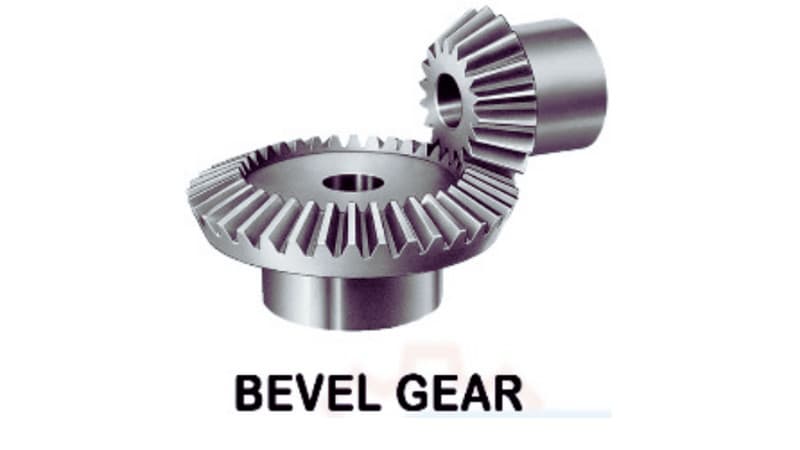
Transmission of motion or power between two gears that intersect is accomplished by means of this gear type, which has a cone form with teeth surrounding the cone. They don’t transfer as much torque as gears with parallel shafts because their intersection is at a right angle.
Many different types of bevel gears are available, including spiral, helical, straight, zero, crown, angular, hypoid, and miter gears.
Screw gears
Screw gears, often called crossed helical gears, are a kind of gear set that transmits rotational motion from one shaft to another without causing them to collide or be parallel. Due to the pointy nature of their tooth contact, they are not ideal for transmitting high amounts of torque, power, or motion and have a poor load capacity. To put it more simply, they move their teeth to transfer power.
Spiral bevel gear
Curved lines characterize these bevel gears. They outperform straight bevel gears in terms of efficiency, noise, vibration, and strength thanks to their higher tooth-contact ratio.
The curved teeth make these gears more expensive and difficult to fabricate than straight bevel gears. Due to the curved shape of the teeth, they also generate thrust forces in the axial direction. Zero bevel gear refers to any spiral bevel gear with a zero-degree twist.
Worn gears
There are two parts to worn gear: the shaft and the mating gear. A screw resembling a drill is mounted on the shaft; this screw does not touch the mating gear. Their low friction allows them to convey motion without making a sound or causing vibrations. They aren’t the most effective gears, but they transmit motion silently and smoothly. Agricultural machinery makes extensive use of them.
One kind of gear is the worm wheel, which meshes with the worm gear at a right angle to the shaft, while the other is the screw-shaped worm gear carved into a round bar.
Miter gear
Rotation can be transferred between two shafts that meet at a right angle using a miter gear, a specific kind of bevel gear. As right-angle drives, miter gears transfer force in a 1:1 ratio between two shafts that cross.
The gears are utilized in an environment that demands top-notch efficiency, thanks to their meticulous engineering. If the pitch, pressure angle, and tooth count of two miter gears are different, they will not be compatible with one another. Because they are only compatible with other gears that have the same number of teeth, the gears cannot alter the speed of the machine. Their principal function is to provide an option to switch the direction of transmission.
Internal gears
It is common practice to pair gears with teeth on the outside with internal gears, which have teeth inside a cylinder or cone. Planetary driving gears and gear-type shaft couplings are their primary applications. When functioning, one set of exterior gears turns in the opposite direction from the other set of gears, while both sets of internal gears spin in the same direction.
The conventional hobbing machine is not suitable for making these gears due to the fact that their teeth are on the inside. Alternatively, they are made using a gear-shaping machine.
Conclusion
You have observed various kinds of gears. There is a distinct function for each of these gears. Gears such as spur, helical, and worm drive gears are more complex than spur gears. Despite its apparent simplicity, spur gears should not be used in lieu of more complex gears. No matter how complicated they are, the primary function of any gear is to facilitate the transmission of motion and power.
